On October 15, the popular Coogee Beach in the East of Sydney (Australia) had to temporarily close after discovering black spherical objects the size of golf balls or tennis balls.
Randwick City Council lifeguards were the first to spot hundreds of such objects on Coogee Beach on the afternoon of October 15 (local time).
In images posted on social media, the coastline is "invaded" by small black spheres that look like coal. However, there is still no specific identification of these objects until an official conclusion is made.
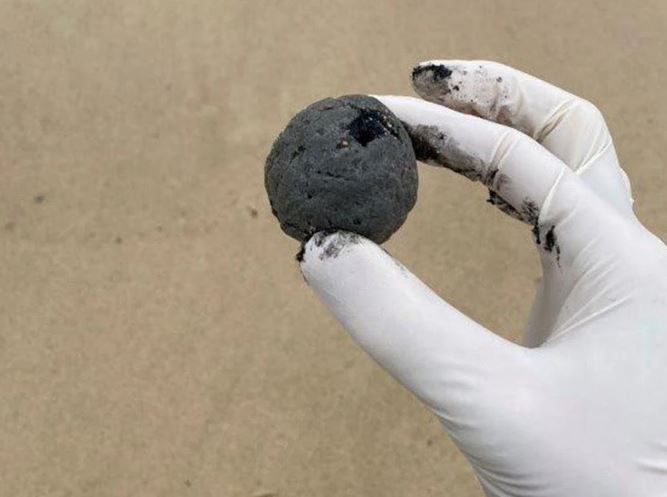
Meanwhile, Randwick City Council said the beach will be closed until further notice, to allow for urgent investigation and clean-up work.
On Instagram, the council said environmental staff had collected samples and sent them for testing to investigate the source and composition of the material.
Although the results are not yet final, the council initially believes that these mysterious objects may be "tar balls" formed when oil comes into contact with debris and water, often the result of an oil spill or oil leak.
Beachgoers are advised to stay off the beach and not touch the strange balls. The incident has been reported to the Environment Protection Authority and Beachwatch NSW.
Tar, also known as pitch, is a black viscous liquid that plays an important role in many fields, from construction to industry.
Tar is primarily formed from organic sources, specifically petroleum. This is the most common source. Over millions of years, dead marine organisms settle to the seafloor, where they are buried and subjected to high temperatures and pressures. This process converts the organic matter into petroleum.
During the formation of coal from ancient plants, some of the organic matter also turns into tar. Or when wood is burned incompletely, some of it will form tar.
There are several lakes in the world that contain large amounts of natural tar, formed over millions of years. The world's largest tar lake is Pitch Lake in Trinidad and Tobago. It was formed by the subduction of tectonic plates, causing oil from deep within the Earth to rise to the surface.
Minh Hoa (t/h according to Tin Tuc and Saostar newspapers)
Source: https://www.nguoiduatin.vn/bai-bien-noi-tieng-phai-dong-cua-vi-phat-hien-vat-the-la-204241016160424633.htm












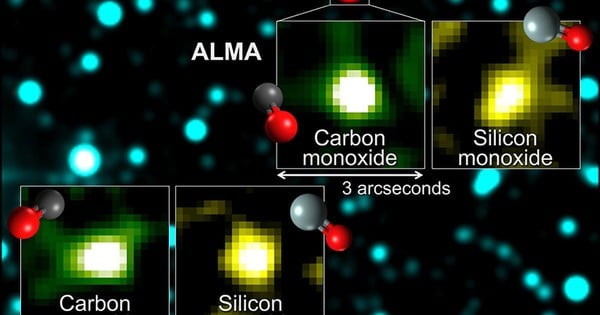














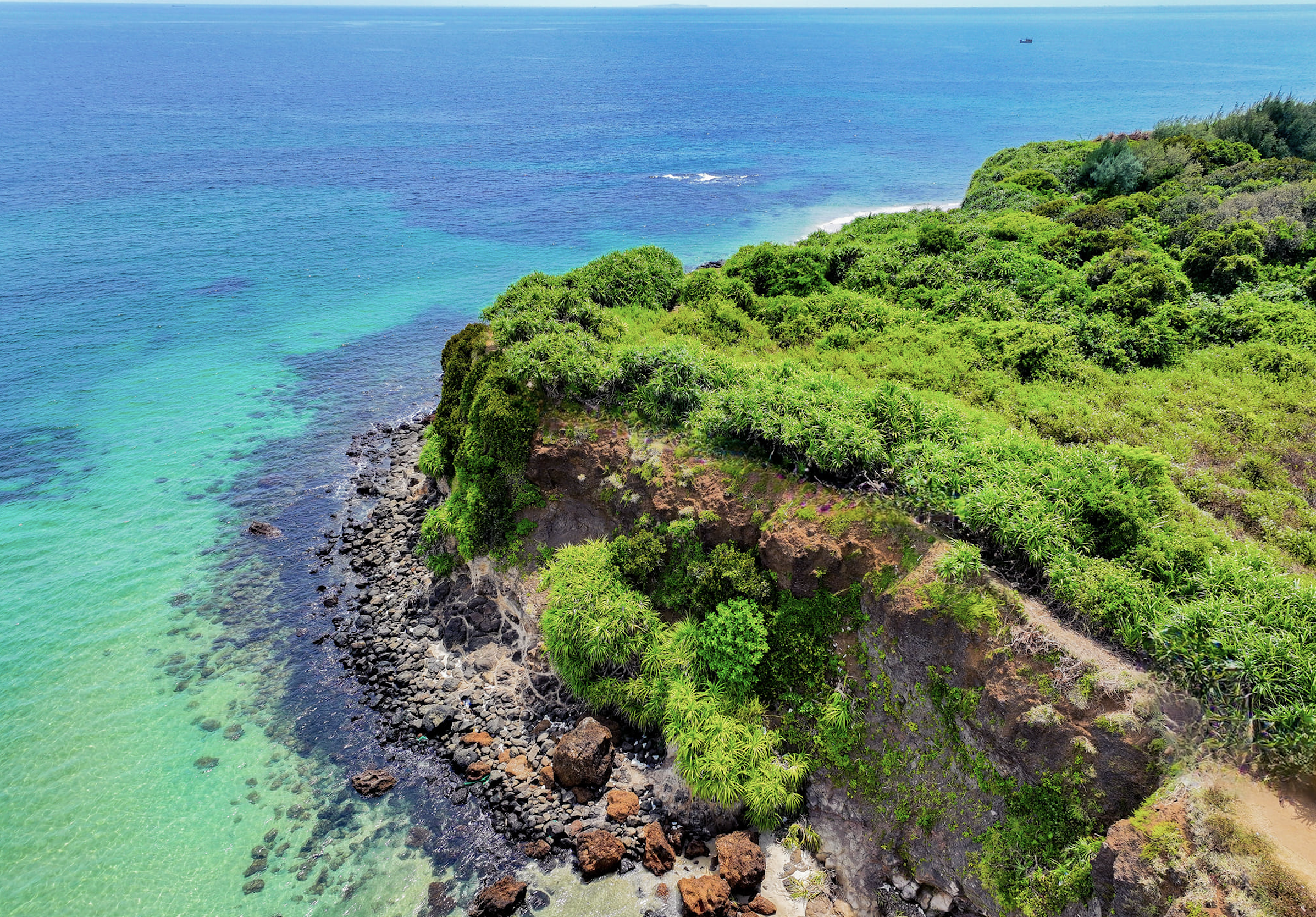






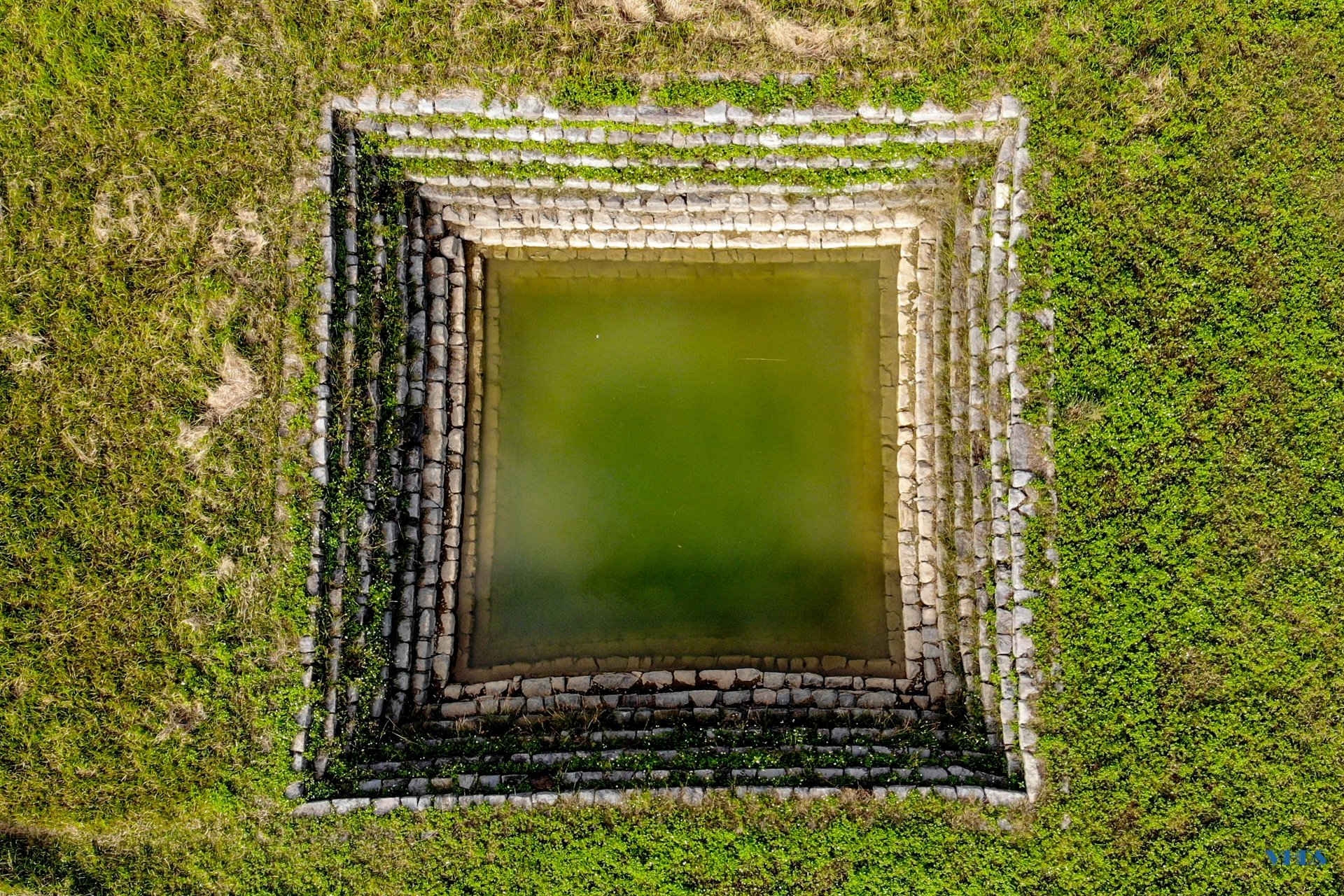






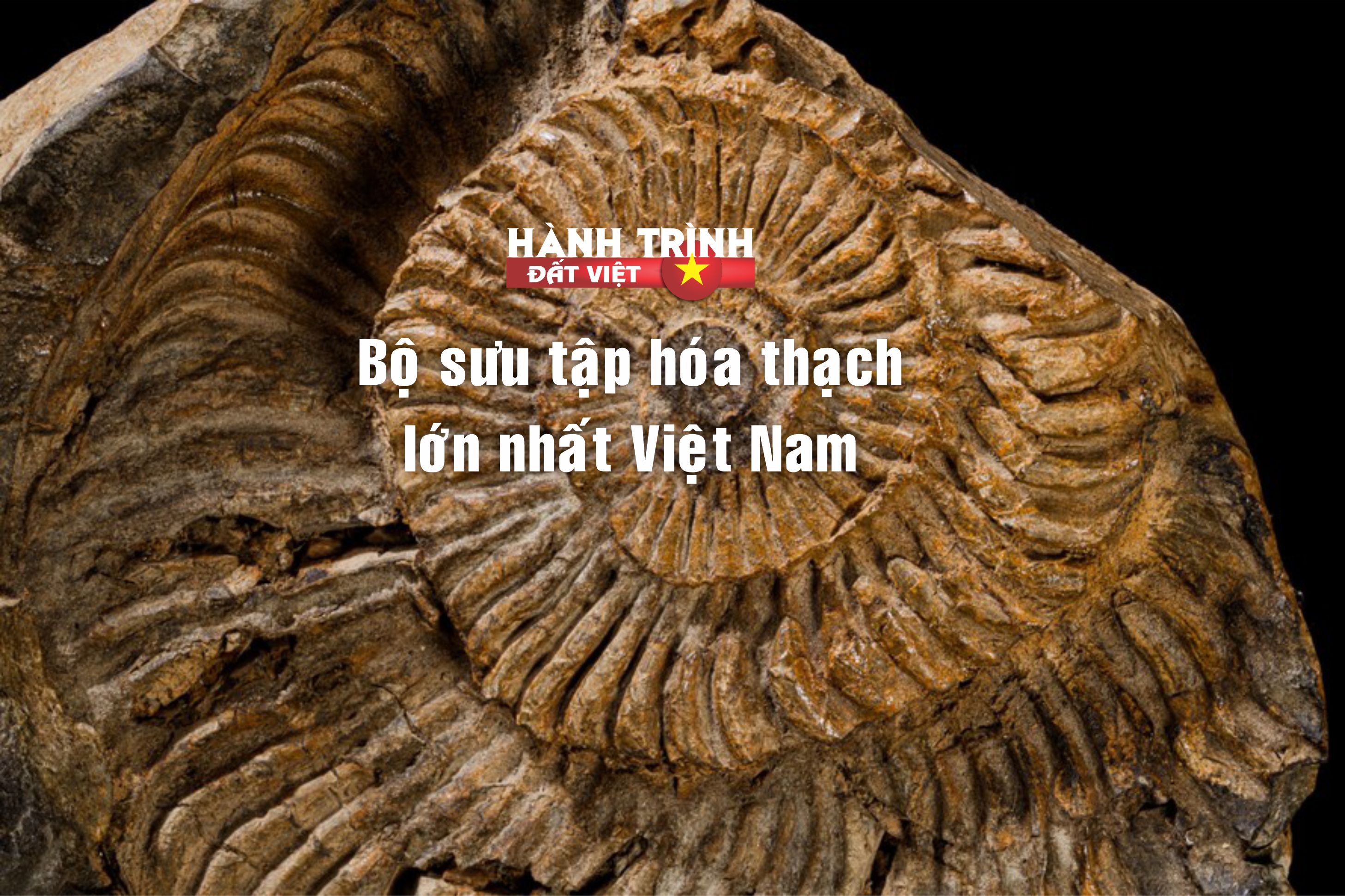




































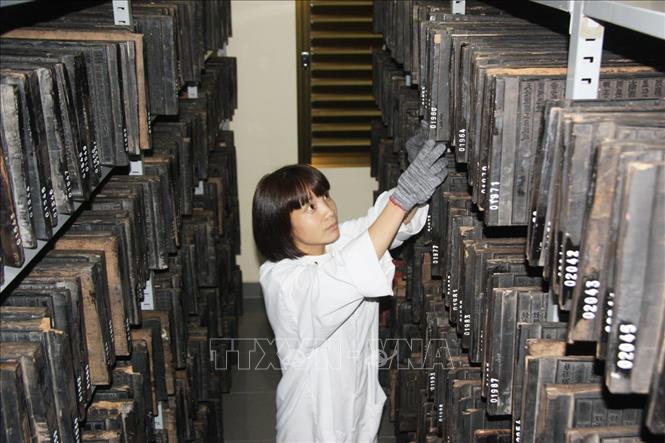























Comment (0)